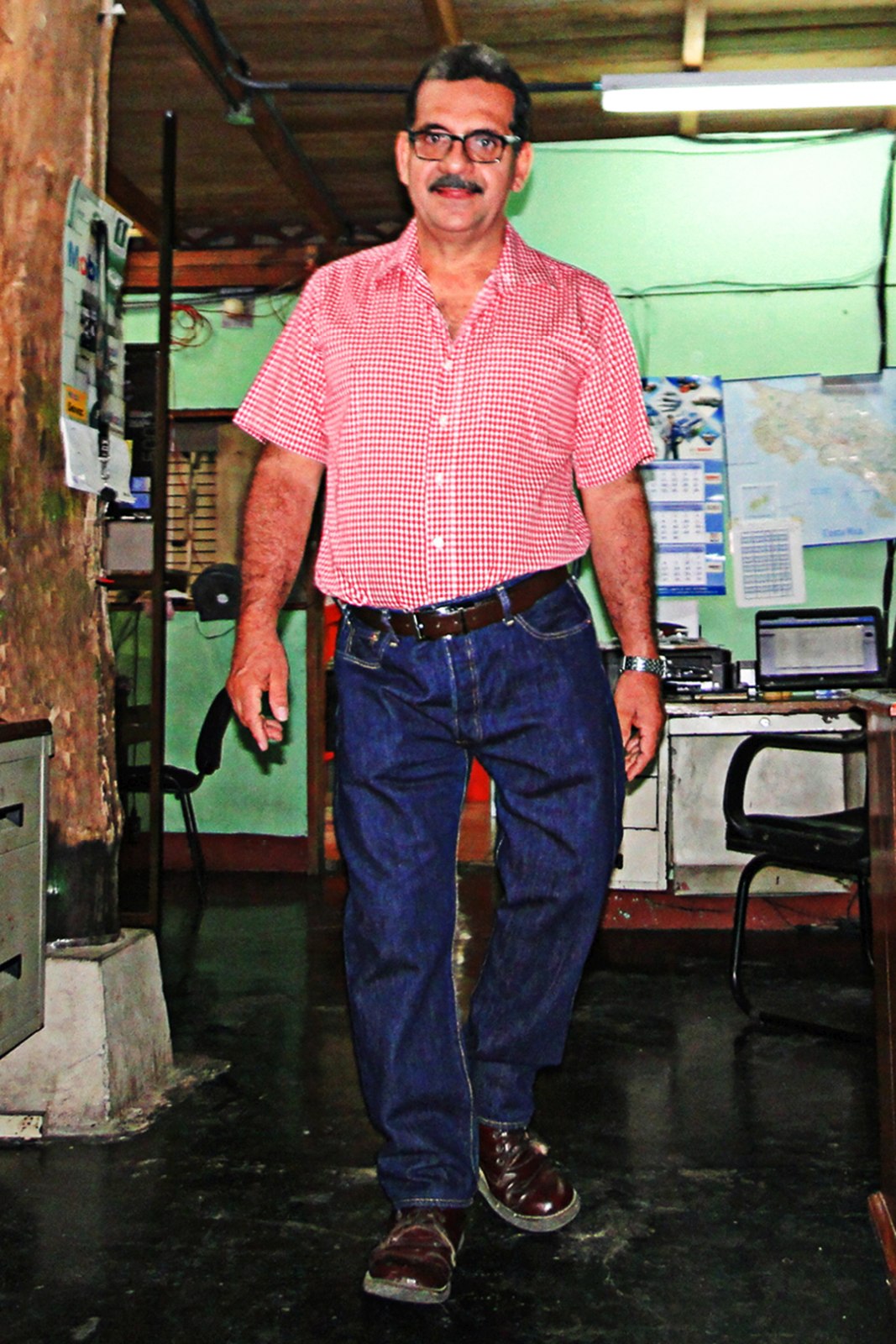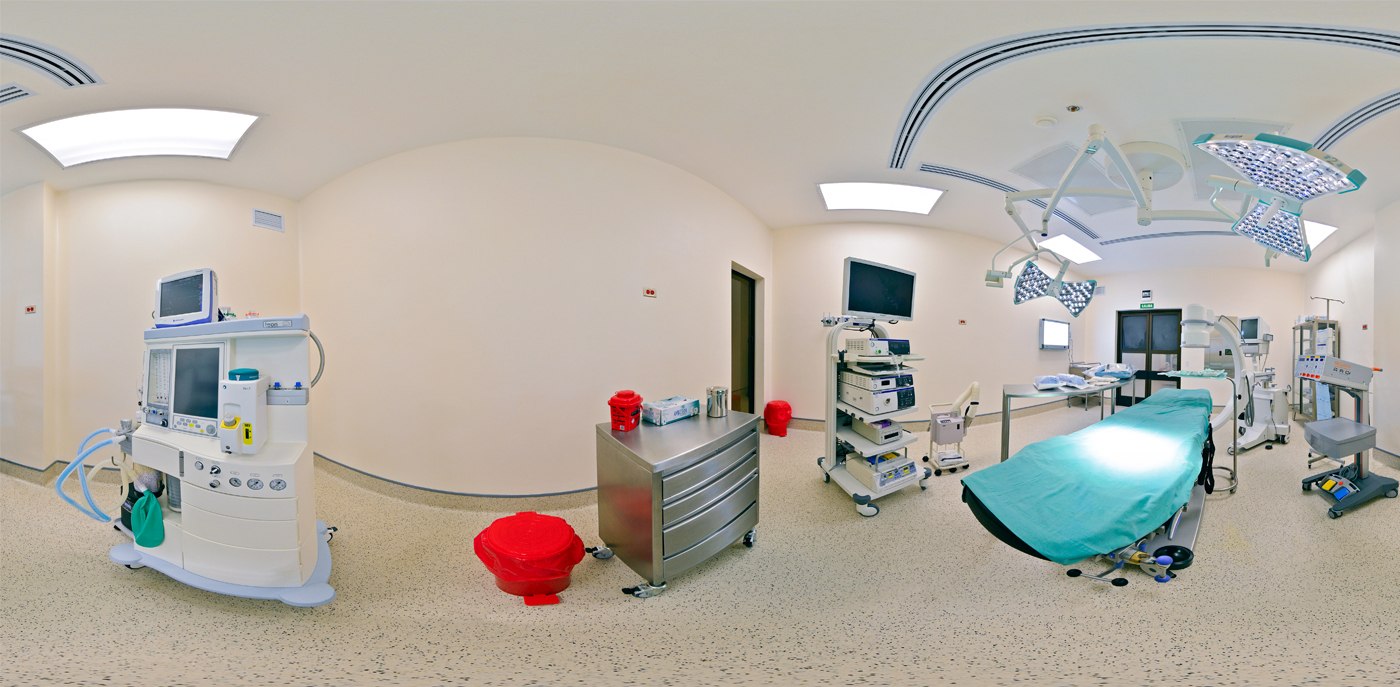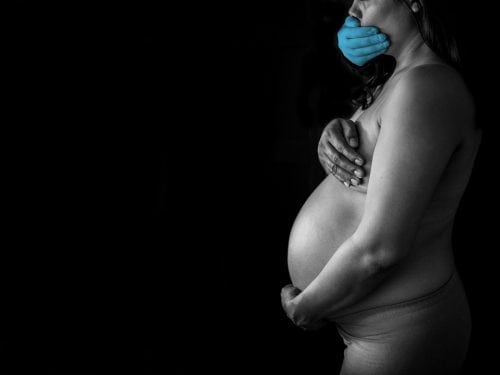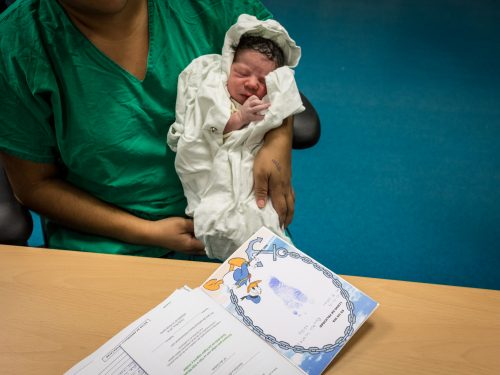
After 40 years of having to drag his right leg and live with the pain, Costa Rican Rigoberto Salazar can walk normally thanks to an operation in which a novel three-dimensional (3D) technique was used.
Salazar, who lives in Paso Canoas, in the south of the country, was successfully operated on in the San Rafael Arcangel Hospital Clinic in Liberia on April 27th by a team of Spanish and Costa Rican doctors, who were working on a scale model similar to the patient’s joint since November of 2014.
Since childhood, Salazar suffered from a condition known as avascular necrosis of the ball of the femor (known as the femoral head), which impeded his ability to walk normally and perform daily tasks.
This condition, also known as Legg-Calve-Perthes disease, is rare in Costa Rica and usually affects children between the ages of 4 and 10, causing a lack of blood supply to the femoral head that causes partial necrosis, and as a result, those who have the condition drag some of their joints.
Dr. Walbin Sanchez, owner of the hospital and one of the supervisors of the operation, commented that the technique that they used is not only the first in the country but also in Latin America.
“What we did was replace part of the femoral head and put a titanium prosthetic joint (similar to a ball joint) to remove part of the bone and the pain. In addition, we put a pin into his right leg,” Sanchez explained.
The technique allows them to capture and view images in three dimensions in cases of complex articular fractures or tumors located in difficult and sensitive areas of the human body.
With this scientific advancement, the specialists can design an exact copy of the fracture or tumor and the surrounding area with two different materials: hard plastic for blood vessels and a soft resin for the tumor itself. In this way, the medical team can plan and perform the surgery with these models.
This is the way that the Hospital Clinic of Barcelona, allied with the hospital in Liberia, built an exact model of the operating area of Salazar’s right leg. In this way, a full-scale practice surgery was conducted, creating a greater likelihood of successfully performing the real surgery.
For his part, Salazar was very satisfied with the novelty of the technique used and with being the first in the country to be operated on with this technology.
“This surgery is something that I have been waiting for, for a long time, and the time came. I know I’m in good professional hands. They gave me the video of the surgical procedure already done in the laboratory [in Spain], so I already knew what they were going to do to me and that made me feel calmer,” Salazar commented.
Right after the operation, Salazar said he felt calm and hopes to be able to perform his activities normally soon.
Salazar pointed out that this type of surgery is not covered by the Costa Rican Social Security Fund (CCSS) and usually costs around ₵15,000,000 ($30,000), and for this surgery, the hospital covered 60% of the costs and he assumed responsibility for the rest.
Meanwhile, Sanchez said that the hospital is going to continue with the opening so any patient with a similar limitation or a similar degree of complexity can benefit from implementing this technique.

Rigoberto Salazar had to drag his right leg for more than 40 years. However, since his operation on April 27th, “Don Rigo” can live a normal life.







Comments